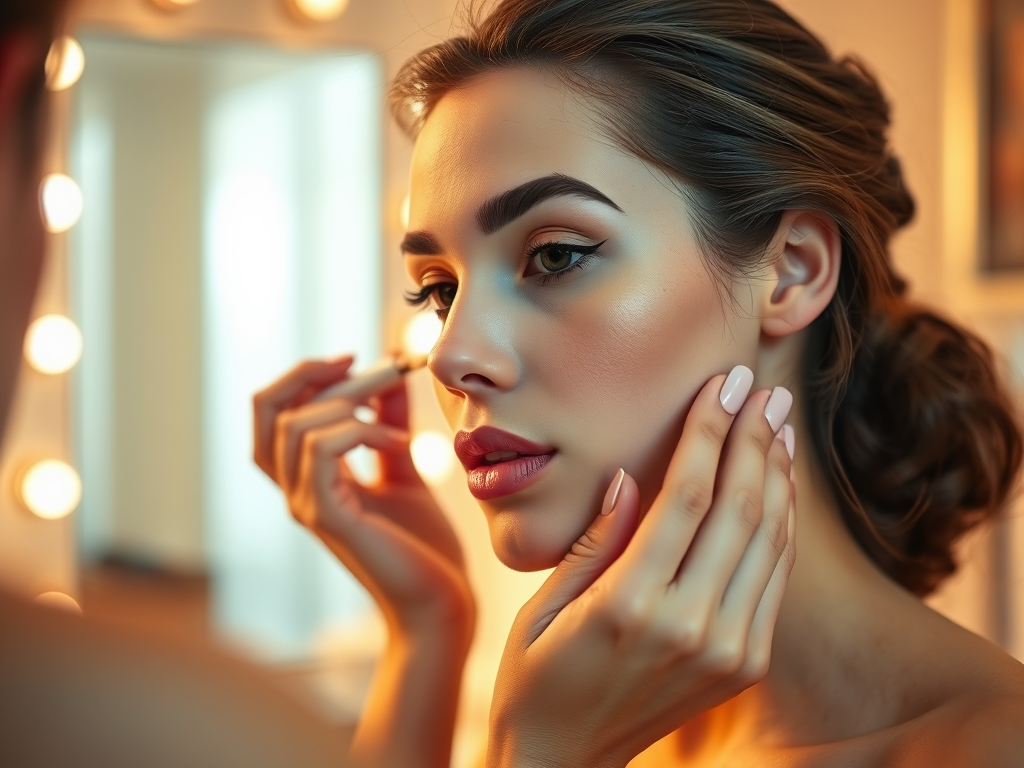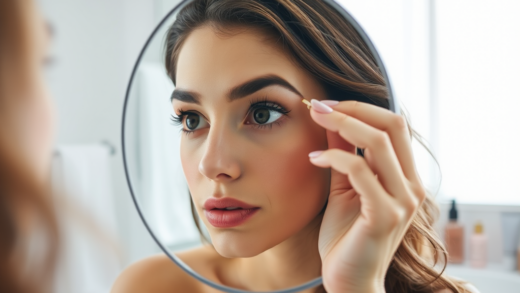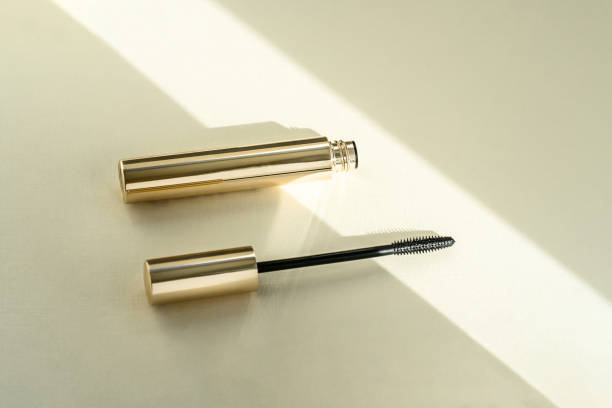Finding the perfect foundation shade can be a daunting task in the vast landscape of beauty products available today. With countless options to choose from, it can often feel overwhelming, leading to frustrating purchases and disappointing results. Nevertheless, mastering the art of selecting the right foundation shade is crucial for achieving that flawless complexion we all desire. It all begins with understanding your skin tone and undertone, which serve as the guiding compass on your beauty journey. This article will delve into practical tips and methods, ensuring you’re equipped with the necessary knowledge to navigate the world of foundations. From product formulations to testing techniques, you’ll soon discover how to select the ideal match for your unique skin tone.
Understanding Skin Tones

Choosing the right foundation starts with grasping the concept of skin tones and how they influence your makeup choices. Skin tones are typically categorized into three primary groups: cool, warm, and neutral. Cool skin tones often have a pink, red, or blue hue, whereas warm skin tones are characterized by golden, yellow, or peach undertones. Neutral skin tones, on the other hand, are a balanced combination of both. Understanding which category you fall into will simplify your search for the right shade. Furthermore, being aware of your skin’s color characteristics can help you make informed decisions about other products, such as blush and bronzer. Using the right shades in these products can create a harmonious and polished appearance.
Identifying Your Undertone

A significant aspect of choosing the perfect foundation lies in identifying your undertone. Knowing whether your undertones are cool, warm, or neutral will help you in selecting a shade that not only matches your skin’s surface but also complements it beautifully. There are several methods to accurately determine your undertone. Here are a few effective techniques:
- Vein Test: Examine the veins on your wrist. If the veins appear blue, you’re likely cool-toned. Greenish veins suggest a warm undertone, while a mix of blue and green points to a neutral undertone.
- Jewelry Test: Consider whether you look better in silver or gold jewelry. If you shine in gold, you have warm undertones; if silver suits you best, you likely have cool undertones.
- The White Paper Test: Hold a white piece of paper next to your face. If your skin looks yellowish against the white, you have warm undertones. If it appears pink or rosy, you likely have cool undertones.
Foundation Formulations and Coverage Options
Once you’ve identified your skin tone and undertone, the next step is to explore different foundation formulations and coverage options available in the market. Different formulations cater to various skin types and desired looks. Each type comes with its own set of benefits and potential drawbacks, which makes it vital to choose wisely.
| Foundation Type | Best For | Coverage Level |
|---|---|---|
| Liquid Foundation | All skin types | Buildable Coverage |
| Cream Foundation | Dry skin types | Full Coverage |
| Powder Foundation | Oily skin types | Matte Finish |
In addition to the type of foundation, it’s essential to consider the coverage levels that suit your needs. If you’re after a light and natural look, sheer coverage is perfect. For a balanced appearance, medium coverage is ideal, while those looking to hide blemishes might prefer full coverage foundations. Familiarizing yourself with these various formulations and their capabilities will better prepare you to achieve the look you envision.
Testing Foundation Shades
Testing foundation shades is an essential step before making a purchase. Many individuals purchase foundation based only on their online research, but this often leads to mismatches that do not complement their skin. Here are some effective practices for testing foundation shades:
- Swatch on Your Jawline: Apply a small amount of foundation on your jawline to see how well it blends with both your face and neck.
- Check in Different Lighting: Make sure to assess the shade in natural light and under various indoor lighting conditions. This helps ensure the foundation looks flattering no matter where you are.
- Wear it for a Few Hours: If possible, give the foundation a test run for a few hours. Check how it settles on your skin and whether it oxidizes or changes color over time.
Conclusion
Choosing the right foundation shade for your skin tone is an essential part of a successful makeup routine. By thoroughly understanding your skin’s undertone, exploring different formulations, and diligently testing shades, you can enhance your natural beauty and boost your confidence. A well-chosen foundation should feel like a second skin while providing an even canvas for the rest of your makeup. Embrace the process of finding your ideal match; it’s a journey worth taking. With the right knowledge and techniques at your disposal, you’ll soon be on your way to unveiling your best complexion yet.
Frequently Asked Questions
- What if I can’t find an exact match for my skin tone? It’s common to mix two shades to create the perfect blend.
- Should my foundation shade change with the seasons? Yes, your skin tone may lighten or darken, so reassess your foundation shade seasonally.
- Can I choose a foundation shade based solely on the color of my skin? No, undertones are critical for a complementary look.
- What if I have uneven skin tone or blemishes? Consider a full coverage foundation or use a targeted concealer.
- Is it necessary to use primer before applying foundation? While not mandatory, a primer can enhance the foundation’s longevity.


